solar ovens
lilleth
18 years ago
Related Stories

HOUSEKEEPINGHow to Clean Your Range and Oven
Experts serve up advice on caring for these kitchen appliances, which work extra hard during the holidays
Full Story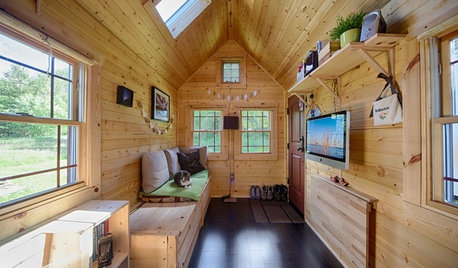
SMALL HOMESHouzz Tour: Sustainable, Comfy Living in 196 Square Feet
Solar panels, ship-inspired features and minimal possessions make this tiny Washington home kind to the earth and cozy for the owners
Full Story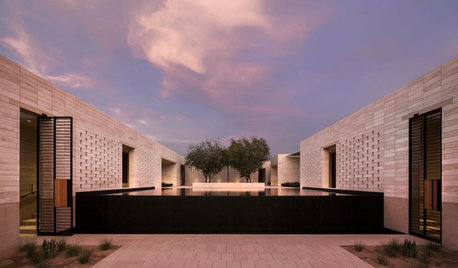
ARCHITECTUREModern Homes That Control the Sun
See architecture that creates shade and manages temperatures — and offers some much-needed visual escapism
Full Story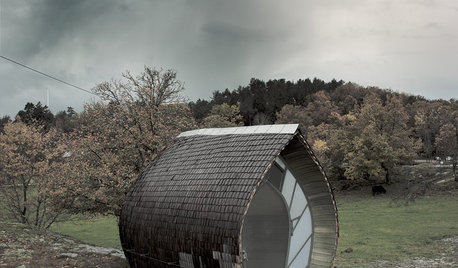
HOUZZ TOURSHouzz Tour: A Rare Tiny-Home Specimen in Sweden
With a reptilian skin and unusual architecture, this small home focuses on nature and simple living
Full Story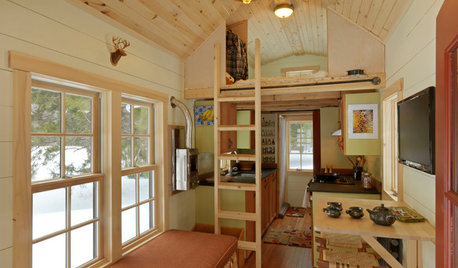
SMALL SPACESCould You Live in a Tiny House?
Here are 10 things to consider if you’re thinking of downsizing — way down
Full Story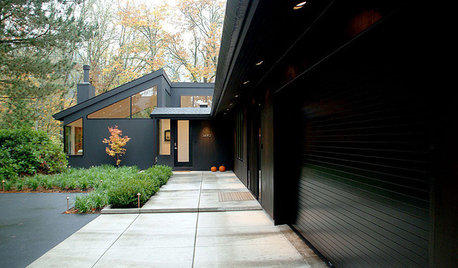
EXTERIORSHome Noir: Black Exteriors Emerge From the Shadows
People are darkening their doorsteps more and more around the U.S. — but is the trend a bright idea?
Full Story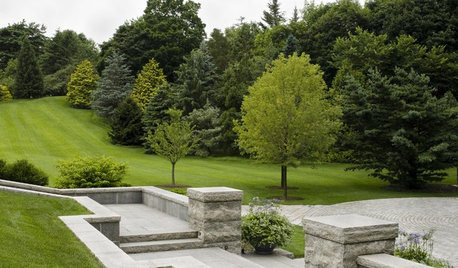
LIFEWhy We Want a House With a Great View
Research shows that just looking at nature has powerful mental benefits. Here's how to get a boost — with or without a million-dollar view
Full Story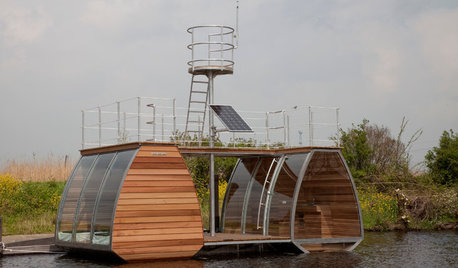
FUN HOUZZMinimalist Luxury Goes Modern on a Floating Chalet
Nature is the focus of this four-sleeper lodge on Netherlands waters, but the gorgeous design and sustainability will catch your eye too
Full Story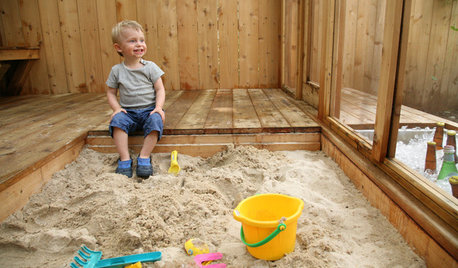
OUTBUILDINGSA Playhouse Grows in Brooklyn
Urban chaos seems worlds away from this backyard haven in New York CIty, crafted from cedar and a love of play
Full Story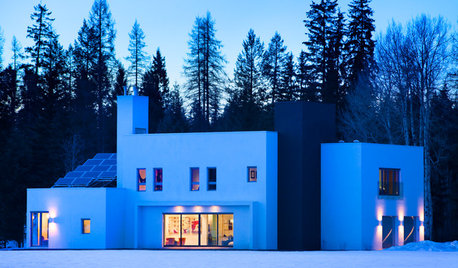
HOUZZ TOURSHouzz Tour: Unexpected and Ecofriendly in Montana
Unabashedly striking against its wilderness backdrop, this home stands out for its abundant earth-friendly features too
Full StorySponsored






claybones
TACHE
Related Professionals
Downers Grove Solar Energy Systems · Moorpark Solar Energy Systems · Whitman Solar Energy Systems · Hainesport Home Builders · Commerce City Home Builders · Lewisville Home Builders · Syracuse Home Builders · Apex Roofing & Gutters · Franklin Roofing & Gutters · Kissimmee Roofing & Gutters · Marietta Roofing & Gutters · New Orleans Roofing & Gutters · Buckhead Atlanta Roofing & Gutters · Burlington Roofing & Gutters · Orchards Roofing & Gutterschuckr30
grainlady_ks
lillethOriginal Author
grainlady_ks